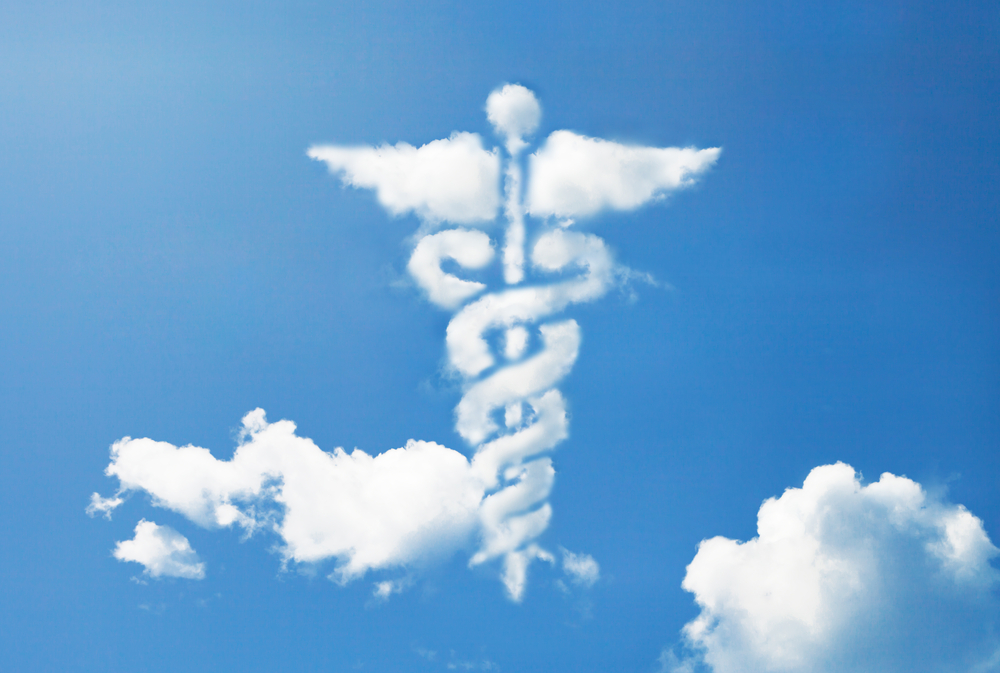We have witnessed businesses boom after digital transformation in all other sectors and now it is time for healthcare to transform too.
The healthcare environment is so complex and each area holds their own individual medical data. The nirvana would be to break through this and through effective collaboration and consistent data to achieve better care.
The idea is that if we can amass enough people and data via a single platform medics and researchers can quickly spot correlations and trends around things such as regional disease outbreaks, common symptoms and triggers in Cancer patients, to better study epidemics and ultimately make a difference for all.
Existing health record systems can do a great job at storing data in a sensitive manner, but imagine having an additional platform that health care professionals can access across devices and would summarise that data and incorporate nurse and doctor’s notes to give a more comprehensive picture for healthcare professionals.
> See also: How can the healthcare sector safely and accurately utilise data from consumer wearables?
The kind of data we need is obtained from genomic research, labs, commercial databases, sensors, and EHRs combined with public and historic information. The result is insights for nurses, physician’s assistant and other care managers so they can closely monitor and counsel individuals with complex, often, costly conditions.
What additional technology could manage this?
There have been significant developments in healthcare systems, delivered through the cloud, which can analyse high volumes of data, and complex questions posed in natural language, and propose evidence-based options.
Systems which continuously learn, gaining in value and knowledge over time, from previous interactions. This constantly growing aggregated view of clinical, research and social health data can deliver insights previously inaccessible and faster than ever.
Cloud computing provides an infrastructure that allows hospitals, medical practices, and research facilities to tap improved computing resources at lower initial capital outlays. Additionally, cloud environments lower the barriers for innovation and modernisation of HIT systems and applications.
The Cloud Council set out how cloud computing caters to the key technology requirements of the healthcare industry. According to their guidelines it:
Enables on-demand access to computing and large storage facilities which are not provided in traditional IT environments; supports big data sets for electronic health records (EHR), radiology images and genomic data offloading, a burdensome task, from hospital IT departments; and facilitates the sharing of EHRs among authorised physicians and hospitals in various geographic areas, providing more timely access to life-saving information and reducing the need for duplicate testing.
It also improves the ability to analyse and track information (with the proper information governance) so that data on treatments, costs, performance, and effectiveness studies can be analysed and acted upon.
How close are we?
Apple already has apps designed to help share important medical data between hospitals, health institutions and health insurance companies, which sit under Apple’s HealthKit software.
Apple also introduced ResearchKit, a new platform that aims to improve the communication between doctors and researchers. ResearchKit helps companies build applications around specific diseases and conditions, like Parkinson’s, diabetes, asthma, and breast cancer.
For example, upon hospital discharge a patient with chronic heart failure (CHF) may receive a personalised care plan that includes tracking weight daily and monitoring physical activity. Currently, how patients report such data and how care managers evaluate and act on that data has largely been a manual process.
A patient can opt-in to have data collected from wireless-enabled scales, wearable devices, other types of sensors, and from assessments delivered to the patient’s device, such as an Apple Watch.
> See also: FFive ways healthcare organisations can look to create IoT value ahead of the competition
Care managers receive insights derived from cognitive analysis of a patients' integrated data streams, towards the goal of enhancing engagement with the patient so potential health problems are spotted and addressed early.
The data related to that individuals’ case is then fed back into the cloud, which analyses over time which interventions correlate with positive results and applies that knowledge to future care management options.
What are the aspirations for cognitive healthcare systems?
In ten years, we believe cognitive systems will be to Ccmputing what transaction processing is today and we’ll be able to amplify human creativity, inspiring us to new alternative to decision options and bring the breath of all human knowledge to the tip of our tongue, learn behaviour through formal and informal training process, interact with humans on our terms – in the language of humans, demonstrate their expertise through trust and depth of character, evolve strategies of success – adapting to ever changing knowledge and understanding, and establish transformative relationships between humans and machines.
All this and more is possible today. A better world’s just a cloud away.
Sourced from Doug Clark, head of cloud in UK and Ireland, IBM







